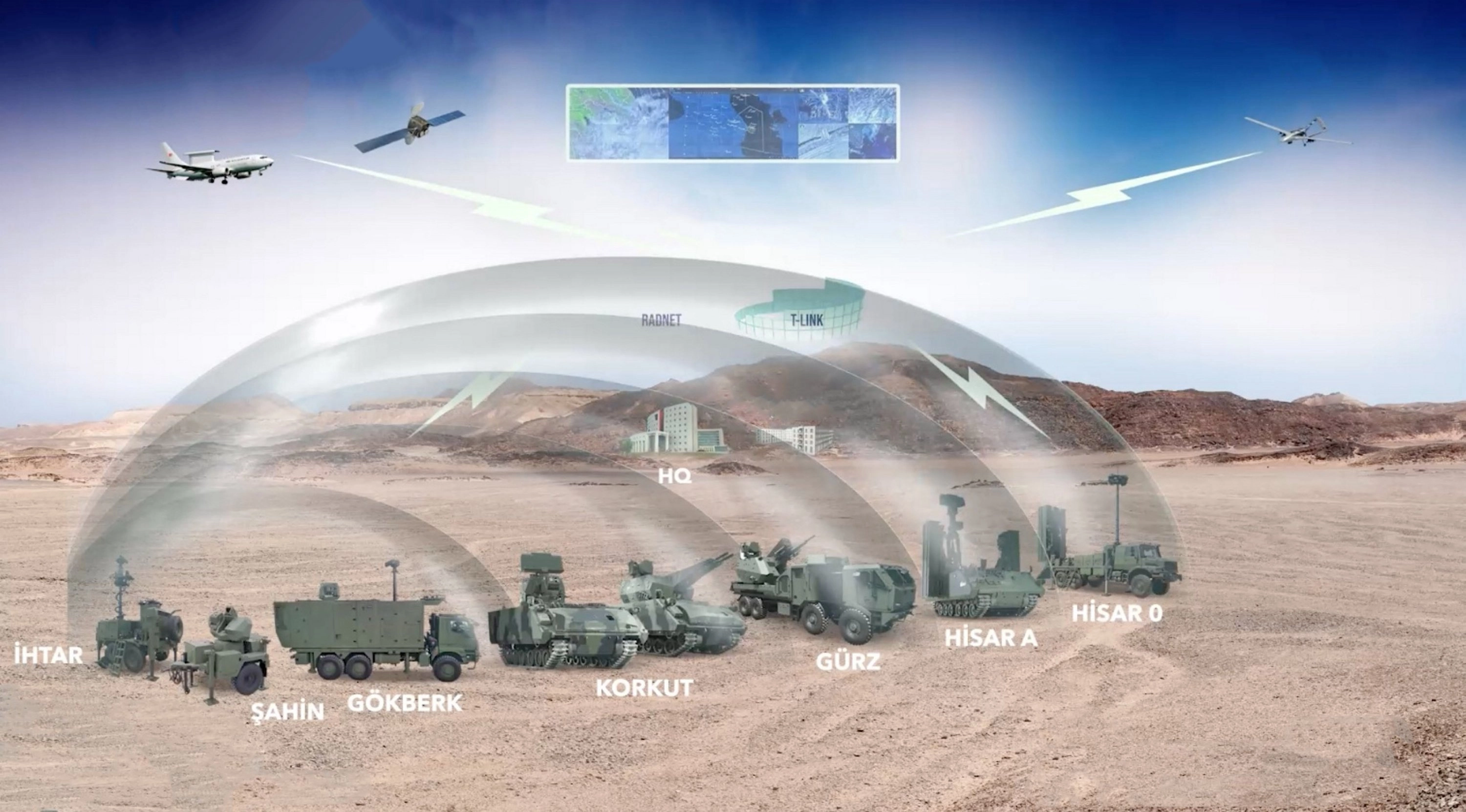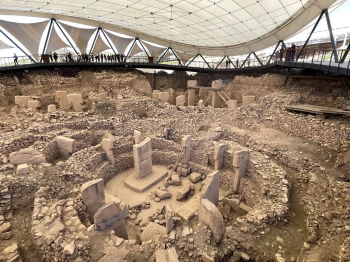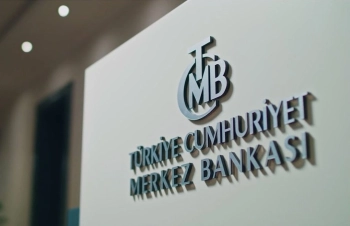Turkey's Steel Dome: A Revolutionary Leap in National Defense and Technological Sovereignty
What does it take for a nation to secure its skies in an era of evolving threats? Why has Turkey's Steel Dome project been hailed as a turning point in military defense? How can a single initiative transform a country's strategic position and technological capabilities? These questions lie at the heart of Turkey's ambitious Steel Dome project, which represents not just a military achievement but a comprehensive national transformation.
The Genesis of Steel Dome: Addressing Modern Security Challenges
In recent years, the global security landscape has undergone significant changes, with drone warfare, missile technology, and asymmetric threats becoming increasingly prevalent. Nations worldwide have been compelled to rethink their defense strategies, particularly regarding aerial protection. Turkey, positioned at the crossroads of Europe and Asia, faces unique security challenges that require innovative solutions.
The Steel Dome project emerged as Turkey's response to these evolving threats. Unlike conventional air defense systems that focus on specific types of threats, Steel Dome represents an integrated approach to national security. This comprehensive system is designed to detect, track, and neutralize various aerial threats, including drones, missiles, and aircraft, creating a protective shield over critical infrastructure and population centers.
President Recep Tayyip Erdoğan's characterization of the project as a "turning point" underscores its strategic importance. This initiative moves beyond mere procurement of defense systems to encompass domestic research, development, and production—a shift that has profound implications for Turkey's defense independence and technological advancement.
Real-world application: The system's development considered specific regional threats Turkey faces, including the need to protect its borders from various aerial threats that have emerged in conflict zones neighboring the country.
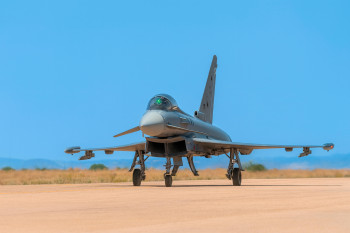
Technical Specifications and Operational Capabilities
Multi-Layered Defense Architecture
The Steel Dome system employs a sophisticated multi-layered approach to air defense, integrating various systems that operate at different ranges and altitudes. This comprehensive coverage ensures that threats are engaged at the optimal distance, maximizing interception success while minimizing potential damage.
The system typically includes:
- Long-range radar and detection systems capable of identifying threats hundreds of kilometers away
- Medium-range interception missiles for engaging targets at intermediate distances
- Short-range defense systems for close protection of critical assets
- Electronic warfare capabilities to disrupt and disable threatening aircraft and missiles
Advanced Threat Detection and Response
At the core of Steel Dome's effectiveness is its advanced sensor network and command-control infrastructure. The system utilizes state-of-the-art radar technology, artificial intelligence, and data fusion capabilities to distinguish between actual threats and false alarms, ensuring efficient use of resources while maintaining high alert levels.
The integration of domestic software development with hardware manufacturing represents a significant achievement. Turkish engineers have developed proprietary algorithms for threat assessment, trajectory calculation, and interception planning, reducing dependence on foreign technology while enhancing system security.
Real-world example: Similar to Israel's Iron Dome but with distinct technological differences tailored to Turkey's specific geographical and threat environment, the system has been tested against various scenarios reflecting actual potential threats the country might face.

Economic and Industrial Implications
The Steel Dome project transcends military applications, serving as a catalyst for Turkey's defense industry and technological sector. By prioritizing domestic production, the project has stimulated research and development across multiple disciplines, creating high-value jobs and fostering expertise in critical technologies.
The economic impact extends throughout the supply chain, involving:
- Materials science companies developing advanced composites and metals
- Electronics firms producing sophisticated sensors and communication equipment
- Software companies creating specialized applications for system integration and operation
- Research institutions conducting cutting-edge studies in propulsion, guidance systems, and threat detection
This ecosystem development has positioned Turkey as an emerging player in the global defense market. The expertise gained through Steel Dome has already begun to yield export opportunities, with several countries expressing interest in Turkish defense technology. This represents a significant shift from Turkey's historical position as a net importer of military systems to becoming an exporter of advanced defense technology.
Real-world application: Turkish defense companies involved in the project have reported increased international inquiries and orders for other defense products, creating a positive ripple effect across the entire defense sector.
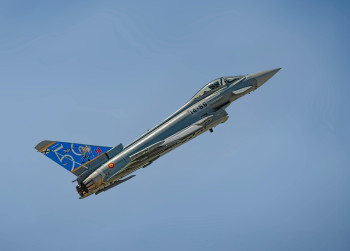
Strategic Importance and Geopolitical Implications
Turkey's development of an indigenous comprehensive air defense system carries profound geopolitical significance. In a region characterized by complex alliances and tensions, possessing advanced defensive capabilities enhances Turkey's strategic autonomy and bargaining power.
The Steel Dome project reduces Turkey's dependence on foreign defense suppliers, which has occasionally been complicated by political considerations and embargoes. This self-reliance provides greater flexibility in foreign policy decisions and reduces vulnerability to external pressure related to defense procurement.
Furthermore, the system enhances Turkey's NATO contributions, adding another layer of capability to the alliance's defensive posture. While developed independently, Steel Dome is designed to be interoperable with NATO systems, demonstrating Turkey's commitment to collective security while maintaining strategic independence.
The project also signals Turkey's growing technological maturity to both allies and adversaries. The ability to design, develop, and deploy such an advanced system places Turkey in an elite group of nations with comprehensive air defense capabilities, potentially altering regional power dynamics.
Real-world example: Turkey's previous experiences with seeking air defense systems from international suppliers, including canceled deals and political complications, highlighted the strategic necessity of developing indigenous capabilities.
Technological Spin-offs and Civilian Applications
The research and development investments made for the Steel Dome project have generated technological advancements with potential civilian applications. This phenomenon, common in defense projects, represents an additional return on investment for the Turkish economy and technological base.
Key areas where spin-off technologies may emerge include:
- Advanced radar technology for weather monitoring, air traffic control, and maritime navigation
- Data fusion algorithms applicable to urban planning, traffic management, and emergency response coordination
- Composite materials developed for missiles and launchers that could benefit aerospace and automotive industries
- Communication systems with applications in telecommunications infrastructure and disaster response networks
These civilian applications demonstrate how defense investments can drive broader technological progress and economic development. The knowledge transfer between defense and civilian sectors creates a virtuous cycle of innovation, with each sector benefiting from advancements in the other.
Real-world application: Similar to how GPS and internet technologies emerged from defense research, Steel Dome's technological developments may eventually benefit various civilian sectors in Turkey and beyond.
Future Developments and Strategic Vision
The Steel Dome project represents not an endpoint but a foundation for future advancements in Turkish defense technology. President Erdoğan's characterization of the project as a turning point acknowledges both its current achievements and its role as a springboard for further innovation.
Future developments likely to build on Steel Dome's success include:
- Integration with other defense systems for comprehensive battlefield management
- Development of more compact and mobile versions for flexible deployment
- Enhanced capabilities against emerging threats such as hypersonic weapons and advanced drones
- Increased automation and artificial intelligence integration for faster response times
The project also aligns with Turkey's broader strategic vision of technological independence and global competitiveness in high-tech industries. By demonstrating the ability to execute complex technological projects, Turkey aims to position itself as a center for innovation and advanced manufacturing.
This vision extends beyond defense to encompass aerospace, telecommunications, energy, and other critical sectors where technological sovereignty contributes to national security and economic prosperity.
Real-world example: Turkey's recent advancements in drone technology and space programs indicate a pattern of strategic investment in high-technology sectors that enhance both security and economic development.
